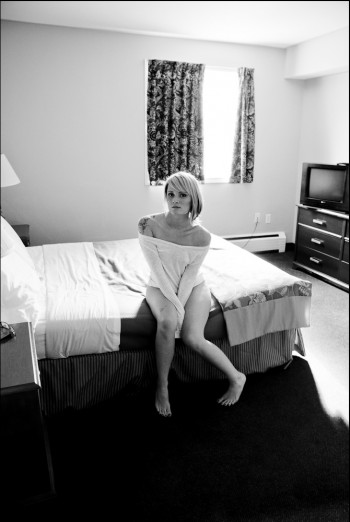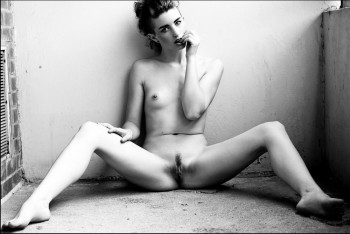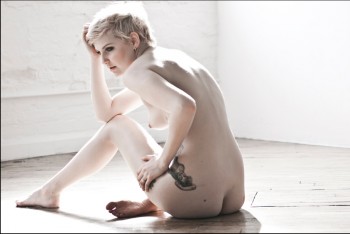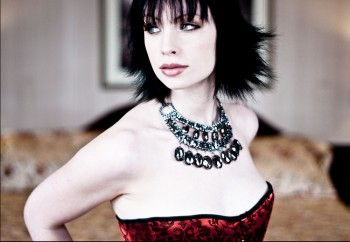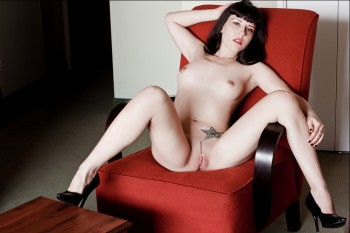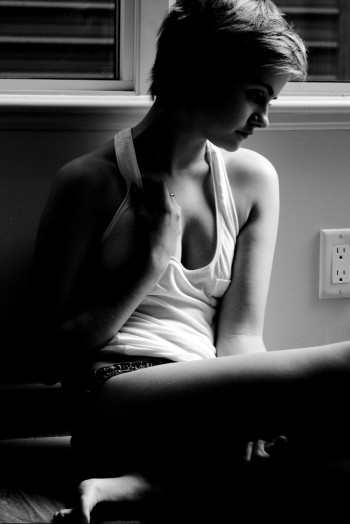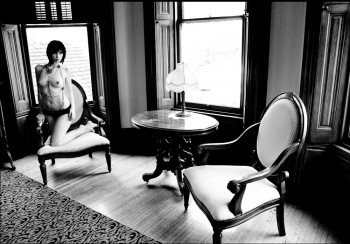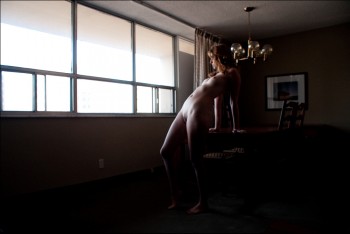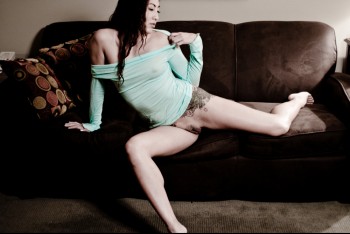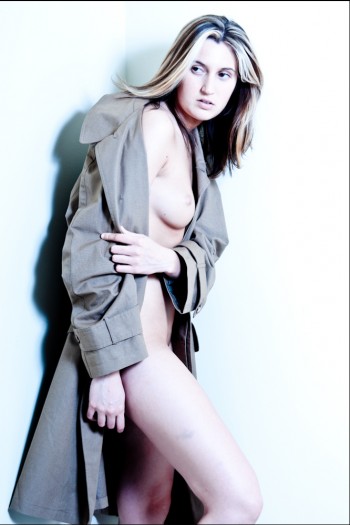Chris Triance-Martin
Photographer
Chris Triance-Martin was born in 1966 in London, Canada. He moved to Brandon, Manitoba in 1989 to study Comparative Religion, Anthropology and Sanskrit and moved back to London in 1992. He began photographing in earnest in 2000 and began working in nudes in 2008.
He currently resides in London, Canada and travels frequently.
7 Questions an interview
with Chris Triance-Martin
When did you become interested in photography?
I’ve been interested in photography since my late teens, but really took it up earnestly in 2000. One of my first memories is of my grandfather’s Brownie and very beautiful rangefinder, but I was too young to remember the name of the latter. I just remember the beauty of them. I often refer to photography as my raison d’etre.
Do you have your own studio or are you working on location?
I work on location primarily as most of my work is aimed at capturing the “real” as much as possible. I also find that working on location is more challenging as I don’t necessarily know exactly what the location will look like prior to shooting. By having little idea of lighting, geometry, property, etc, I can’t be fully prepared and that in turn adds an element of realism. Keeping it real is a challenge in itself, since it automatically becomes a bit unreal as soon as you’re asking someone to pose and you’re pointing a camera at them, regardless of the intent. The studio, on the contrary, automatically makes for a staged event for the purpose, in most circumstances, of creating a very specific image. I have done studio work though, and I do appreciate it for what it is, but for the most part I prefer location.
Do you have assistance or are you working alone?
I work alone much of the time and prefer it as I find having others around distracts me too easily. The work I do is very personal in nature, so I don’t want to turn it into a production and I want to be able to communicate with the model freely. Having said that, I have worked with MUAs and other photographers on occasion and have appreciated those times as well.
Was it easy to find models when you started photographing nudes?
It was relatively easy to find models when I began photographing nudes. That surprised me at first, but I learned quickly that there is an industry of creatives who wish to simply contribute, create and capture art and beauty. The greatest difficulty I found was understandably related to trust, but over time that fell by the wayside.
What do you prefer: digital or analog?
I prefer digital for the convenience, but analog for the thinking involved. I appreciate that analogue forces you to think and doesn’t allow you to fall into the pit of automation. There is too much of the latter in the world and more increasingly, in the world of photography. For that reason, when I do shoot digital, I’m almost always in manual mode. I’m still the proud owner of a couple of Mamiyas that are almost entirely manual. I shoot with those from time to time to remind me of the value of thinking before doing.
Do you have other artist(s) who you admire and inspire you?
There are other artists whose work has inspired me over the years, but I’ve looked at so much work over the years that it’s next to impossible to say which ones have had the most impact. I’m a fan of many and adore of few, but I will say that if the work is real, then it’s likely that I adore it. On my bookshelf you’ll find some Bettina Rheims, Peter Gorman, Helmut Newton, Sally Mann and Jeanloup Sieff and in my browser, you’ll find Clayton Cubitt and Chip Willis.
What is number one on your wishlist?
Number one on my wish list? Simplicity.





